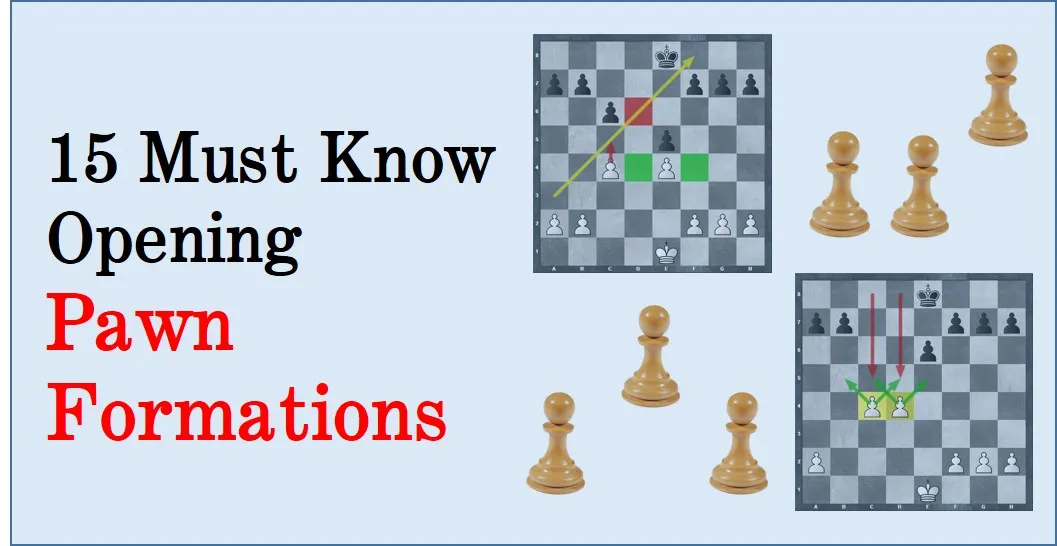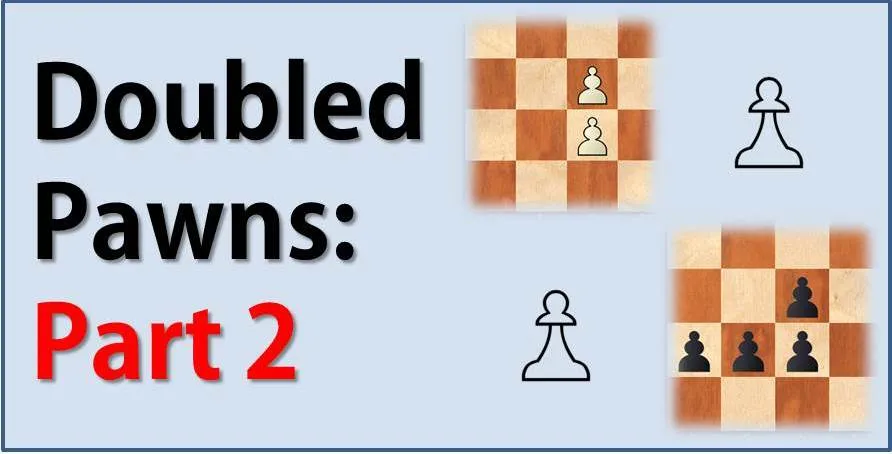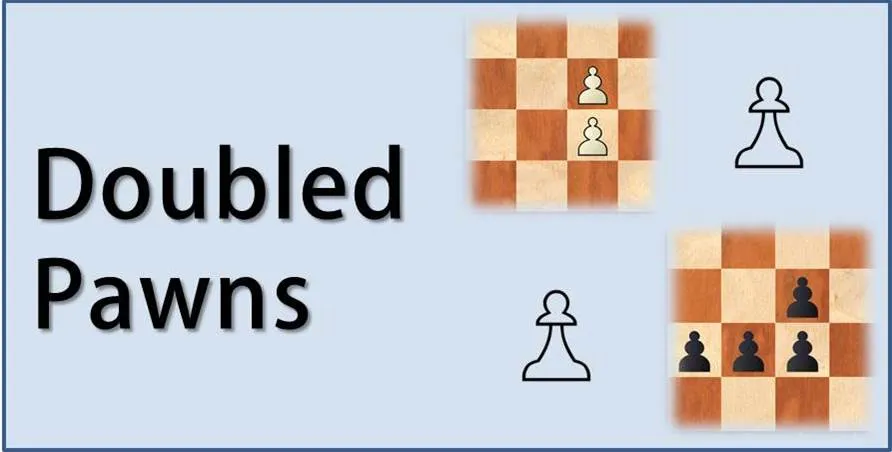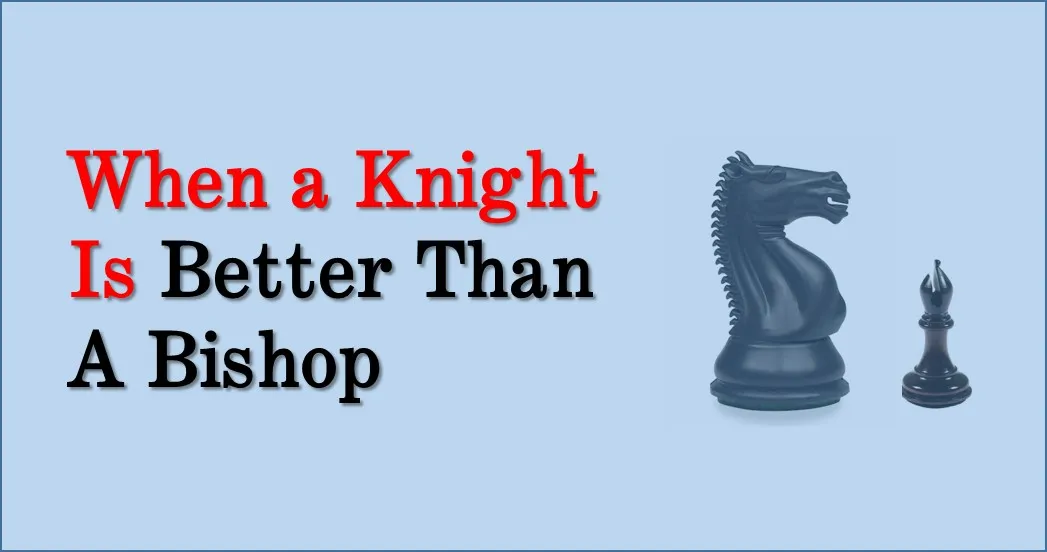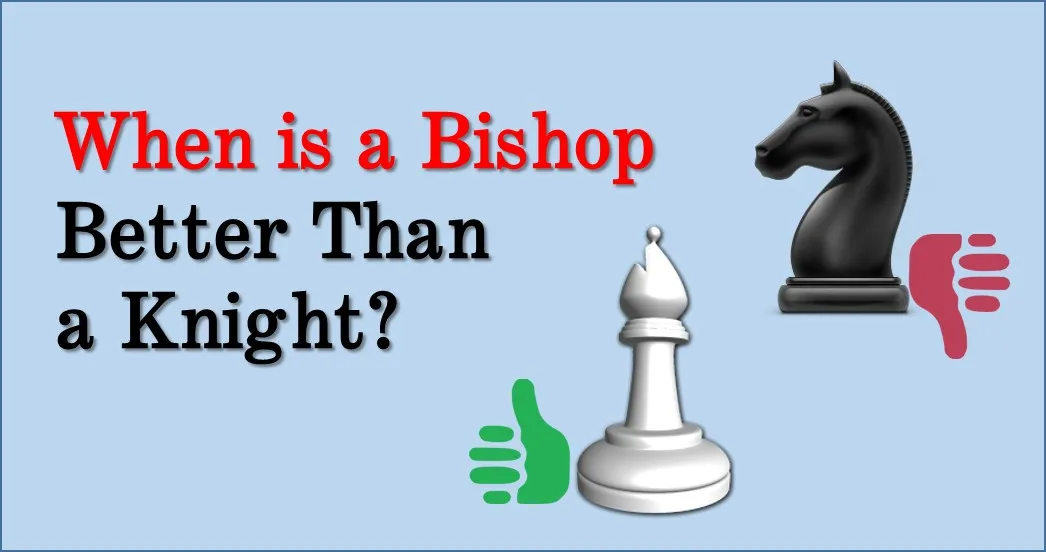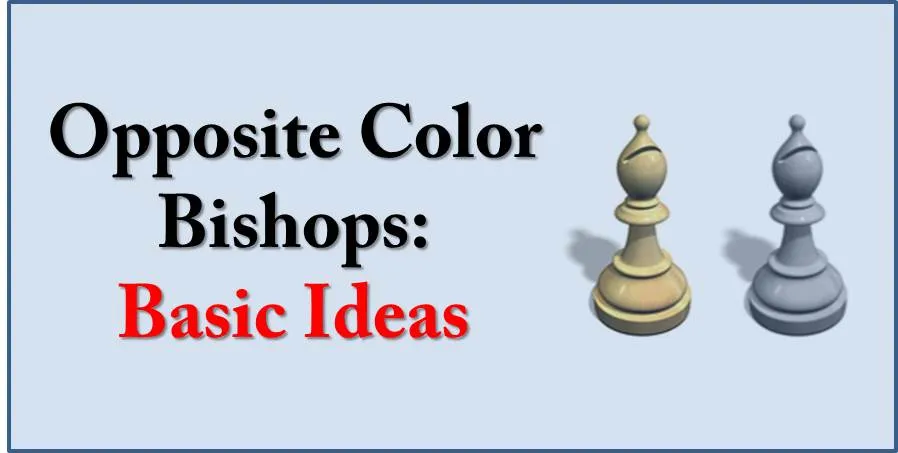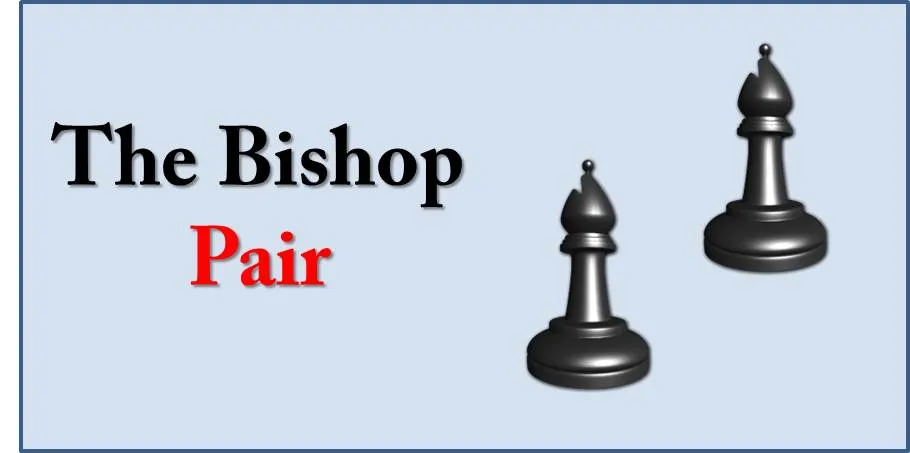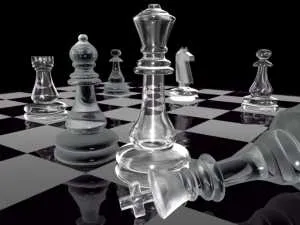Middle Game
The pawn structure is a factor that primarily decides how the game will progress. In order to play chess at a high level, it is necessary to understand the fundamental pawn formations that arise from the openings. GM Andrew Soltis has classified major pawn formations into 22 main categories depending on the opening played. In […]
In the first part of this article, we have discussed how to play against the doubled pawns and exploit their weakness. It is very important to remember that they are not always weak and there are situations when doubled pawns represent an advantage. ***
It is very frequent that, after the trades made during a game, the pawn structure changes, and doubled pawns appear on the board. As a result, both pawn and pieces mobility is affected. There can be isolated doubled pawns, when none of the pawns can be protected by another pawn and doubled pawns defended by […]
Not to disappoint those who prefer a Knight to a Bishop, we are now going to investigate what are the elements that make this minor piece a better weapon. As we mentioned in the previous article, there are no fixed rules to tell us when to keep a Knight and get rid of the Bishop.
Continuing our series of strategical elements, we are now going to discuss those positions in which we must choose between keeping a bishop or a knight on the board. There is no established rule that can tell us that a bishop is better than a knight or vice versa. It all depends on the characteristics […]
Another important element of the chess strategy is the presence of opposite color bishops on the board. Inexperienced players tend to think that every position with opposite color bishops is drawish. This common stereotype very often leads them to make small positional mistakes. For example, simplifying the game to enter into an opposite color bishops […]
In modern chess, the bishop pair has been established as a positional advantage in the majority of cases. It’s very common nowadays to hear teachers tell their students ‘keep your bishops’ or ‘capture that bishop’. In today’s chess, the importance given to this element has increased to the point that in some of the most […]
According to Wikipedia, chess strategy is concerned with the evaluation of chess positions and setting up goals and long-term plans for future play (Wikipedia the Free Encyclopedia). Most chess players understand perfectly well that choosing the right strategy against a stronger or a similar-level opponent may decide the outcome of the game to their advantage. […]
Everyone wants to learn about chess strategy. Players believe that if they learn more about this magic thing called “strategy” they’ll win every single game. But what chess strategy really is? Is it attack or defense, style of playing or evaluation of positions, set of rules, or tactics? No, my friend, I’m not trying to […]

